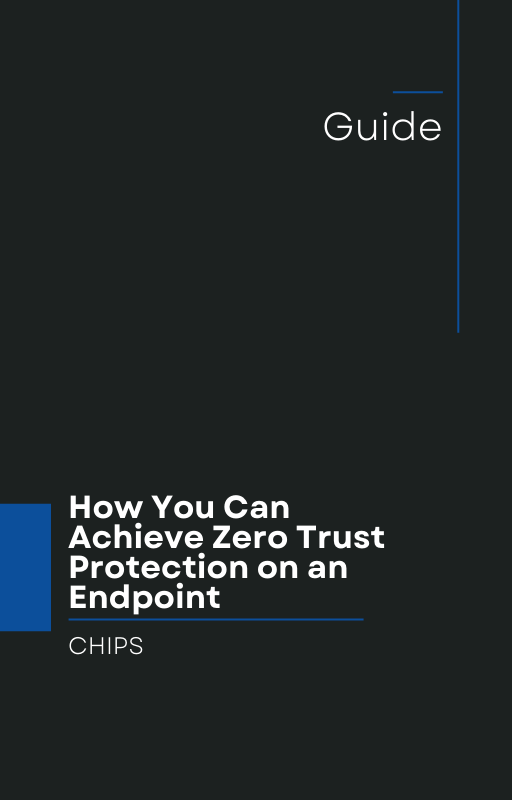Modern Cybersecurity Requires Modern Defenses
Cybersecurity has changed. The old model of putting up a strong wall around your network and trusting everything inside simply doesn’t work anymore. Attackers have become smarter, breaches are more frequent, and remote work has made the perimeter blurry. Businesses need modern defenses that assume one simple truth: threats can come from anywhere.
That’s where Zero Trust, isolation, and containment come in. These aren’t just industry buzzwords. They’re practical strategies that can drastically reduce the risks of breaches, ransomware, and business downtime.
What is Zero Trust?
Zero Trust is built on a straightforward principle: never trust, always verify.
-
Every user, device, and application must prove its identity before gaining access.
-
Access is limited to only what is needed to do the job.
-
Continuous monitoring ensures that suspicious behavior can be spotted in real time.
This approach prevents attackers from moving freely across a network once they get in. Instead, they hit walls at every step.
Why Isolation and Containment Matter
Even with strong defenses, attackers sometimes find a way in—through phishing emails, malicious websites, or compromised applications. Isolation and containment act as a safety net.
-
Isolation: Keeps risky activities—like opening email attachments or visiting unknown websites—separated from the rest of the system. Even if the content is malicious, it can’t reach sensitive files or applications.
-
Containment: Limits the damage when malware tries to execute. The threat is locked down before it can spread or cause harm.
Together, they reduce the chance of an initial mistake turning into a full-blown cyber incident.
Why These Strategies Are Essential for Businesses
For small and mid-sized businesses, the stakes are high. A single ransomware attack can shut down operations for days, if not weeks. Beyond recovery costs, reputational damage and lost customer trust are difficult to repair.
Zero Trust, isolation, and containment provide:
-
Proactive defense instead of waiting for detection.
-
Reduced attack surface, making it harder for cybercriminals to succeed.
-
Business continuity, keeping operations running even when attacks are attempted.
Real-World Example: Containing Ransomware
Consider a business employee who unknowingly clicks a link in a phishing email. In a traditional setup, that single click could unleash ransomware across the company’s entire network. With isolation and containment, the damage is limited to the environment of that one action. The ransomware has nowhere to spread, and the business stays secure.
The AppGuard Approach
This is where AppGuard’s model stands out. Instead of waiting for antivirus or endpoint detection tools to recognize an attack, AppGuard stops execution in the first place. That means no signatures to update, no chasing threats after they’ve already done damage.
It’s prevention, not just detection. It’s Zero Trust and containment, applied directly at the endpoint.
Preparing for the Future
Cyber threats aren’t slowing down. They’re becoming more advanced, more automated, and more targeted. Businesses that stick with outdated defenses will always be a step behind.
Adopting Zero Trust, isolation, and containment is not just a technical upgrade. It’s a business decision that protects revenue, reputation, and resilience.
Final Thoughts
Cybersecurity today requires more than just traditional defenses. By combining Zero Trust, isolation, and containment, businesses can build a layered approach that keeps attackers out—and keeps operations safe, even if they get in.
Stop playing the crazy game. Come over to the AppGuard way of doing things.
Like this article? Please share it with others!

October 17, 2025

Comments